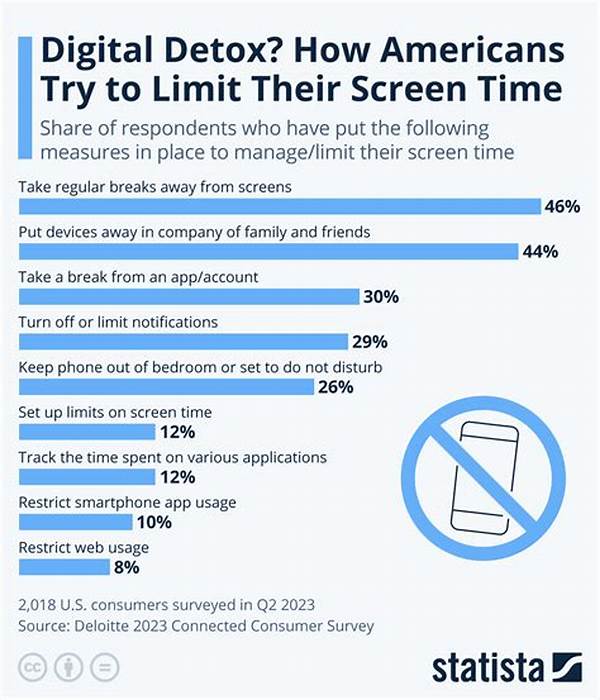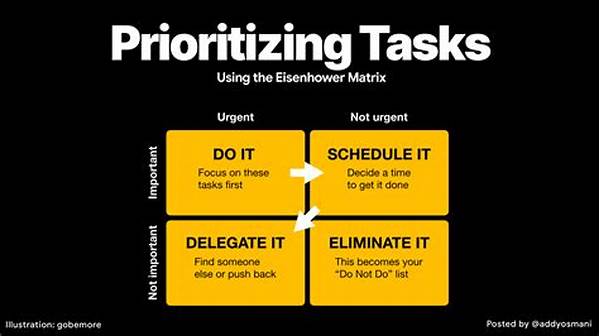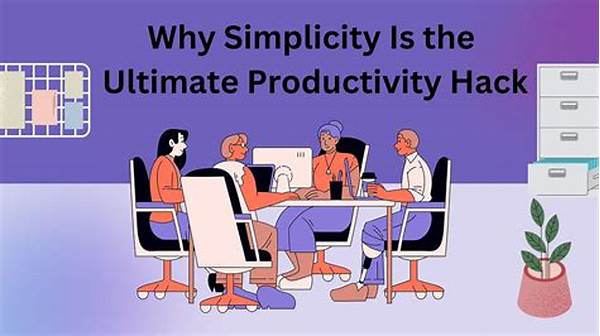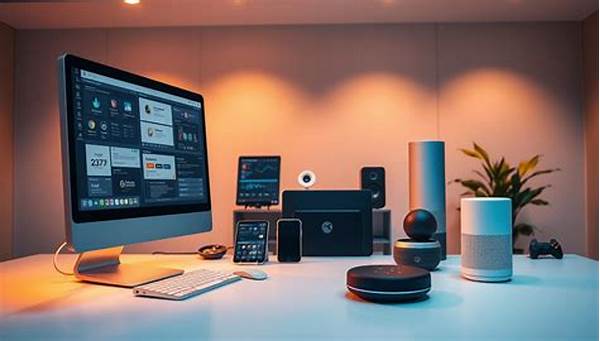Certainly! Below is a structured response to your request:
Read More : The “rule Of 3” Tambakbet Uses To Prioritize Daily Goals
In today’s digitally driven society, screens have become a ubiquitous part of our daily lives. We’re constantly surrounded by gadgets—from the smartphone that wakes us up, to the computer that accompanies us through the workday, and the television that lulls us to sleep. As beneficial as these technologies are, there comes a tipping point where the excessive screen time begins to hinder our productivity. Enter the digital detox movement, a revolutionary concept that champions reducing screen time to unleash a new wave of productivity and creativity.
Imagine a world where you measure your day not by the number of notifications on your phone but by the tangible accomplishments you achieve. Research has shown that an overload of screen time can lead to digital fatigue, making it difficult for your brain to focus and process information efficiently. Taking deliberate breaks from digital devices, or a digital detox, can help reset your mind, leading to enhanced attention spans, better mental health, and increased output.
The notion of digital detox is fascinating as it taps into a growing desire for mindfulness and presence in a world overwhelmed by digital noise. Delving into how less screen time can actually boost output, it’s crucial to examine personal testimonials and stories of individuals who have successfully adopted this practice. Reflect on the story of Jane, a project manager, who after committing to a digital detox, found herself more focused, more energetic, and more engaged in her work—all of which led to a promotion that year.
Yet, making the choice to minimize screen time is easier said than done in a culture that glorifies constant connectivity. The key is to make a conscious decision to shift from screen-centric habits towards activities that stimulate your brain in different, often more fulfilling ways. An effective digital detox promises not just improved productivity but a more balanced, enriched lifestyle.
Benefits of Digital Detox on Productivity
Unlocking the Potential of Mindful Work
Digital detox doesn’t just enhance productivity; it can revolutionize the way you approach work. With less screen time, there’s space for the mind to wander—and that’s where true creativity and problem-solving thrive. A detox offers more opportunities for real-life interactions, deeper focus on tasks, and ultimately, a higher quality of work. It’s a step toward regaining control in a world where technology often controls us.
Let’s delve deeper into the conversation surrounding digital detox and how less screen time boosts output, a significant topic of discussion in the modern workplace. Maintaining productivity in a world saturated with technology is challenging. Many people find themselves procrastinating, losing focus, and being less productive because of screen addiction. So, could the answer really lie in reducing our screen time?
What the Research Says
Research indicates a strong correlation between high screen time and decreased concentration levels. A study by the University of Michigan revealed that people who reduced their daily screen time by just two hours reported a 30% increase in productivity. This reflects the potential effect of digital detox on enhancing one’s output. The brain can focus better on one task without the constant interruptions of digital beeps and alerts, contrary to the multitasking fallacy.
Testimonials from Practitioners
Consider the case of Tom, an app developer who swore by multitasking until a digital detox changed his life. After minimizing his screen exposure, he noted an unprecedented surge in creativity, leading to the development of one of the highest-rated health apps on the market. Stories like Tom’s spotlight the personal and professional turnaround achievable through less screen time, enabling individuals to tap into more thoughtful and deliberate work.
However, for those heavily reliant on screens for their professional lives, balancing the need for connectivity with the benefits of a digital detox requires strategic planning. It’s about integrating healthier tech habits rather than an outright abandonment of screens. For instance, designated tech-free zones or periods during the day can foster higher concentration levels, allowing for more meaningful work.
Lastly, embracing a digital detox doesn’t mean abandoning technology; it’s about harmonizing its presence in our lives. Through the lens of marketing and promotion, businesses can leverage digital detox programs to boost employee satisfaction and output. Cruises, retreats, and workshops are increasingly offering digital detox packages, appealing to those seeking respite from digital dependency.
Understanding the Digital Detox Journey
Engaging in a digital detox offers numerous benefits that extend beyond increased productivity. For many, the journey to reduce screen time is not only about enhancing output but also about rediscovering enjoyment in offline activities. It’s about finding happiness in simplicity and practicing intentional living. By choosing to put aside screens, individuals can nurture deeper social connections, indulge in hobbies, and experience life more authentically.
The first step in this journey is acknowledging the issue—recognizing that screens occupy a significant portion of our lives and actively choosing to cut down their use. From here, practical measures can be employed: setting schedules for gadget-free time, pursuing hobbies outside digital realms, or even attending ‘screenless’ events. The goal is not to demonize technology but to use it wisely in ways that contribute positively to one’s life.
Many companies now notice the benefits of encouraging digital detox programs in their ecosystems, viewing them as investments in their workforce’s well-being. Happy and healthy employees equate to productivity, and gradually, a culture that values balanced use of technology over relentless connectivity is emerging. This shift can lead to robust, efficient, and contented teams, further reinforcing how less screen time can profoundly boost output.
Simple Steps for a Digital Detox
Starting Your Detox Plan
For those contemplating a digital detox, focusing on small, actionable steps rather than a drastic overhaul is vital. Consider implementing short breaks from screens throughout your day to start. Gradually increase these intervals and pay attention to the positive impact on your productivity and creativity. Incorporating activities such as reading, walking, or engaging in hobbies can enrich and make your detox journey fulfilling.
Maintaining a Balanced Digital Lifestyle
Sustaining a digital detox means integrating it seamlessly into everyday life. This involves setting boundaries—both at work and home—about screen exposure and committing to activities that foster physical, mental, and emotional well-being. The goal is to maintain a balanced approach that allows technology to serve as a tool and not a ruler of our time, fostering an environment where productivity naturally flourishes.
Visualizing the Digital Detox
Visualize yourself stepping away from incessant notifications to a world where your time is dedicated to what truly matters. The transition doesn’t mean leaving technology behind—far from it. It’s about marking a clear line between necessary tech use and moments reserved for offline enrichment. Through digital detox, one can achieve a harmonious balance, cutting back on tech while enriching life quality.
In closing, digital detox offers a unique solution to the constant challenge of screen time management. By adopting this balance, individuals can witness a remarkable transformation in productivity, creativity, and life quality. As we continue to navigate an ever-evolving digital landscape, it becomes increasingly crucial to remember the value of disconnecting—to fine-tune focus and fuel the flames of creativity.



